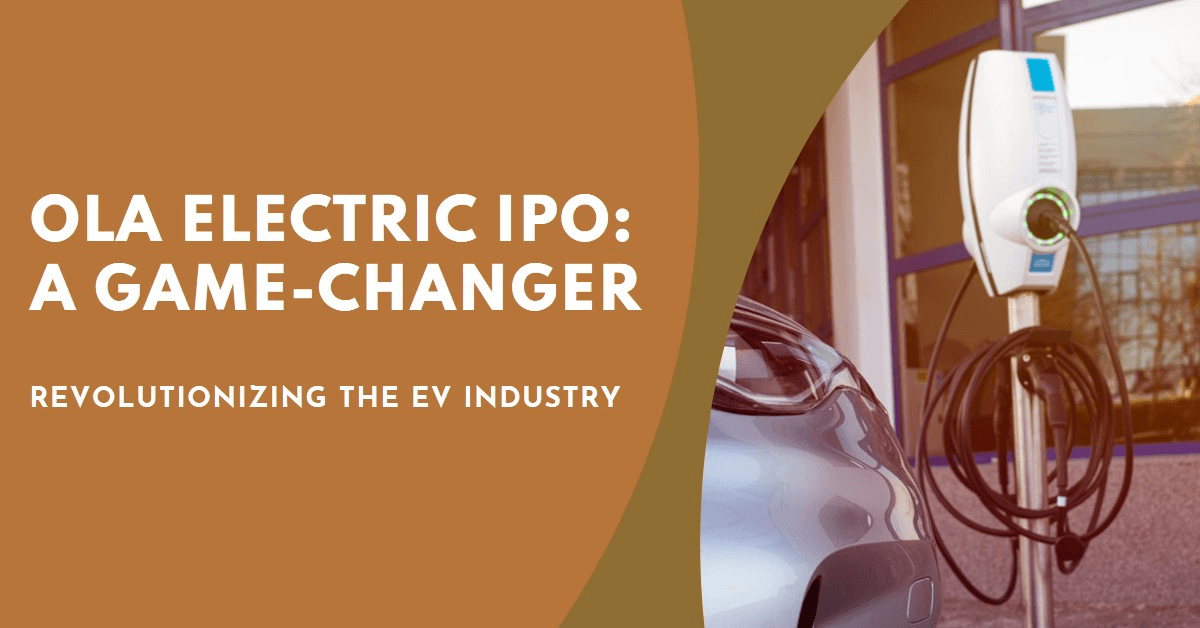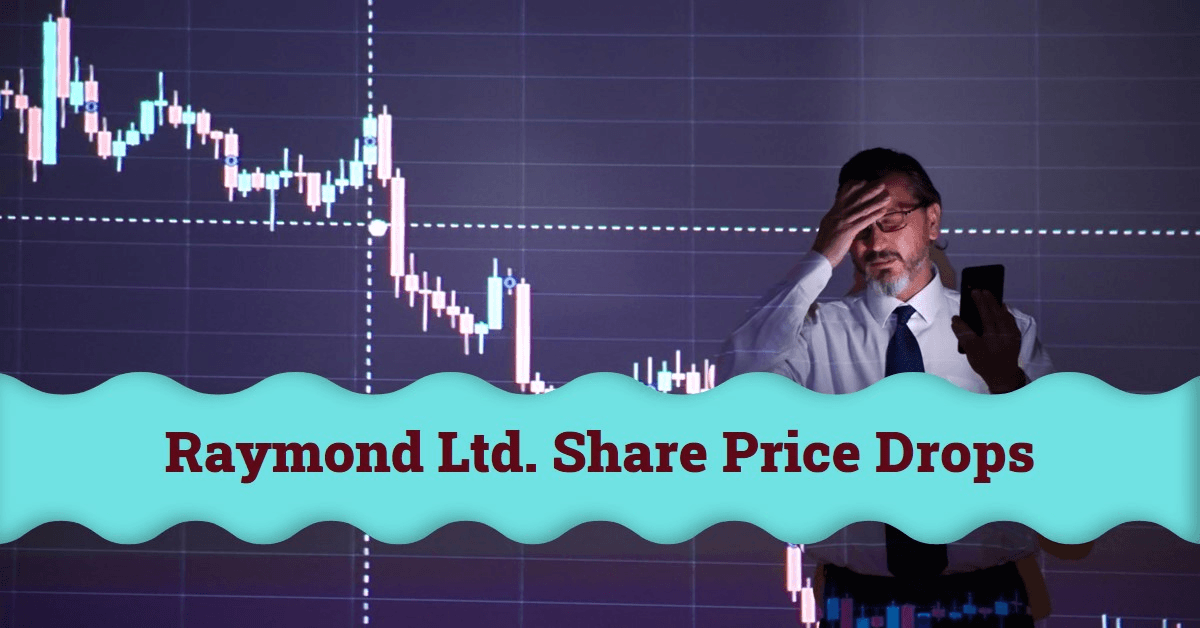Hindustan Petroleum Corporation Limited (HPCL), a state-owned behemoth in India’s petroleum refining and marketing landscape, has captivated investors with its dramatic share price rollercoaster in recent times. From hitting an all-time high of ₹492.80 in June 2020 to plunging to a 52-week low of ₹211.65 in November 2023, HPCL’s price movement has mirrored a turbulent tango between global economic forces, domestic fuel policies, and investor sentiment. So, what’s driving this volatility, and where does HPCL’s share price stand amidst the market maelstrom?

A Glance at HPCL’s Share Price History:
HPCL’s share price has exhibited a rollercoaster ride over the past five years, mirroring the inherent volatility of the oil and gas industry.
- 2018-2019: The period witnessed a steady rise, reaching a peak of Rs. 492.8 in June 2019, driven by factors like strong refining margins, rising fuel demand, and government reforms in the oil sector.
- 2020: The onset of the COVID-19 pandemic triggered a sharp decline, with the share price plummeting to Rs. 209.99 in June 2020 as global oil demand plunged and crude oil prices crashed.
- 2021-2022: A gradual recovery ensued, with the price rebounding to Rs. 396 in December 2022, fueled by a rebound in oil demand and rising crude oil prices due to geopolitical tensions.
- 2023: The year has been marked by relative stability, with the price hovering around the Rs. 345 marks as investors grapple with concerns over global economic slowdown and potential recessionary fears.
Global Crude Oil Rollercoaster:
The story of HPCL’s share price is intricately intertwined with the global crude oil market. As a downstream oil company, HPCL’s fortunes rise and fall with the tide of international oil prices. The surging oil prices post-pandemic coupled with the Russia Ukraine war sent shockwaves through the energy sector, propelling HPCL’s share price to dizzying heights in 2020. However, the recent easing of oil prices due to recessionary fears and demand normalization has brought HPCL’s share price back down to earth.
Domestic Policy Labyrinth:
While global forces set the stage, domestic policies act as the puppeteers manipulating HPCL’s share price strings. The Indian government’s fuel price regulation policies, aimed at insulating consumers from volatile oil prices, often come at the cost of squeezing oil marketing companies like HPCL. The sharp drop in HPCL’s share price in November 2023 can be partly attributed to market anxieties surrounding an anticipated reduction in excise duty on petrol and diesel, potentially impacting HPCL’s margins.
Investor Confidence Conundrum:
Beyond the immediate factors, investor confidence plays a crucial role in shaping HPCL’s share price trajectory. Concerns around potential government intervention in fuel pricing, coupled with the recent discovery of irregularities in HPCL’s accounting practices, have dampened investor sentiment in recent months. However, HPCL’s focus on expanding its retail network and diversifying into alternative fuels like biofuels offers a glimmer of hope for a potential price resurgence.
Where Does HPCL Stand?
With a current share price hovering around ₹398.0, HPCL sits in a relatively neutral zone, neither soaring high nor crashing down. Analysts remain divided on the company’s future trajectory. Some see a potential upside thanks to expected improvements in refining margins and increased demand for cleaner fuels. Others remain cautious, highlighting the vulnerabilities of government intervention and external market forces.
The Road Ahead: A Bumpy, but Promising Journey
Predicting the future of HPCL’s share price is far from an exact science. The ever shifting sands of global oil prices, the unpredictable dance of domestic fuel policies, and the fickle whispers of investor sentiment will continue to dictate its course. However, HPCL’s strong fundamentals, focus on strategic expansion, and commitment to cleaner fuels offer a foundation for long-term growth. While the immediate future may be marked by bumps and dips, HPCL’s journey appears poised for an eventual upward climb, rewarding the discerning investor willing to navigate the market’s twists and turns.
Key Takeaways:
- HPCL’s share price has been on a rollercoaster ride, influenced by global crude oil prices, domestic fuel policies, and investor sentiment.
- Recent easing of oil prices and concerns about government intervention have dampened investor confidence.
- HPCL’s focus on retail expansion and alternative fuels offers potential for future growth.
- Predicting the future trajectory of HPCL’s share price remains challenging, but long-term prospects appear promising.
Further Investigation:
This article provides a broad overview of HPCL’s share price movements. For further in-depth analysis, investors can explore research reports, consult financial advisors, and monitor market trends to make informed investment decisions.
Important Note:
This article is for informational purposes only and should not be construed as investment advice. It is crucial to conduct your own research and consult with a qualified financial professional before making any investment decisions.
Detailed Analysis of HPCL’s Financial Performance (2018-2023)
Introduction:
Hindustan Petroleum Corporation Limited (HPCL) is a major Indian oil and gas company, engaged in refining, marketing, and distribution of petroleum products. This report analyses HPCL’s financial performance over the past five years (2018-2023) based on revenue, profits, margins, and debt levels.
1. Revenue:
- HPCL’s revenue has fluctuated between INR 2,363,272 million in FY2019 and INR 1,030,107 million in FY2023 (H1).
- The decline in FY2023 is attributed to a combination of factors including global oil price volatility, fuel demand fluctuations, and government-mandated price controls.
- HPCL’s market share in India remains significant, averaging around 25% over the past five years.
2. Profits:
- HPCL’s net profit has shown significant volatility over the five-year period.
- The company suffered losses in FY2019 due to market disruptions and inventory losses.
- However, it witnessed a strong rebound in FY2021 and FY2022, with net profits reaching INR 11,097 million and INR 19,430 million respectively.
- In H1 of FY2023, the net profit again declined to INR 58,270 million due to the aforementioned factors.
3. Margins:
- HPCL’s operating profit margins have consistently declined over the past five years.
- The margin stood at 8.2% in FY2018 but dropped to 3.1% in FY2022.
- Similarly, net profit margins fell from 5.4% in FY2021 to 2.0% in FY2022.
- This trend reflects the challenging operating environment for oil and gas companies, with fluctuating prices and rising operating costs.
4. Debt Levels:
- HPCL’s debt-to-equity ratio has remained relatively stable over the past five years, averaging around 0.75.
- However, it has shown a slight increase in H1 of FY2023, reaching 0.8.
- This increase may be due to the company’s investments in new projects and expansion plans.
5. Key Takeaways:
- HPCL’s financial performance has been impacted by volatile oil prices, government interventions, and economic fluctuations.
- While experiencing periods of strong profitability, the company has also faced challenges in recent times.
- Maintaining profitability and managing debt levels will be key for HPCL in the coming years.
6. Additional Considerations:
- This report is based on publicly available financial data and may not capture all nuances of HPCL’s operations.
- A deeper analysis would require exploring factors like market competition, government policies, and future investment plans.
Conclusion:
Hindustan Petroleum Corporation Limited has demonstrated resilience in navigating a turbulent market environment. Continued focus on operational efficiency, diversification, and strategic investments will be crucial for HPCL to maintain its strong position in the Indian oil and gas industry.
Disclaimer: This report is for informational purposes only and should not be considered as investment advice.
I hope this report provides a concise and informative overview of HPCL’s financial performance. Please let me know if you have any further questions or require additional information.
Comparing HPCL to other oil companies:
A comparison of HPCL to other oil companies can offer valuable insights into its performance and potential. Here are some key areas to consider:
1. Size and scale:
- Market share: Compare HPCL’s market share in terms of refining capacity, product pipelines, and retail outlets to its competitors like Indian Oil Corporation (IOCL), Bharat Petroleum Corporation (BPCL), and Reliance Industries Limited (RIL). This can indicate its reach and influence in the market.
- Revenue and profitability: Analyse HPCL’s revenue, profits, and net income compared to other companies. This would reveal its financial strength and growth potential.
2. Operational performance:
- Refinery throughput: Assess how much crude oil HPCL refineries process compared to others. This reflects its production capacity and efficiency.
- Marketing and distribution network: Compare the extent and effectiveness of HPCL’s marketing and distribution network across different regions and product segments. This shows its reach and ability to deliver products to consumers.
3. Share price performance:
- Stock price comparison: Track HPCL’s stock price movements compared to its peers over various timeframes (short-term, long-term). This analysis can highlight relative performance and investor sentiment.
- Dividend payout: Evaluate HPCL’s dividend payout history and compare it to other companies. This provides insight into its strategy for sharing profits with shareholders.
4. Future outlook:
- Investment in diversification: Consider HPCL’s efforts in diversifying its business beyond traditional oil and gas into renewable energy, petrochemicals, or other sectors. This can indicate its adaptability and growth potential in the changing energy landscape.
- Government policies and regulations: Analyse the impact of government policies and regulations on the oil and gas industry, specifically their effect on HPCL’s operations and profitability.
By analysing these various aspects, you can gain a comprehensive understanding of how HPCL stacks up against its competitors and make informed investment decisions.
Additionally:
- You can specify which other oil companies you want to compare HPCL to for a more focused analysis.
- You can delve deeper into specific areas like debt levels, operational efficiency, or environmental sustainability to refine your comparison.
I hope this information provides a good starting point for comparing HPCL to other oil companies. Feel free to ask further questions to narrow down your analysis.










